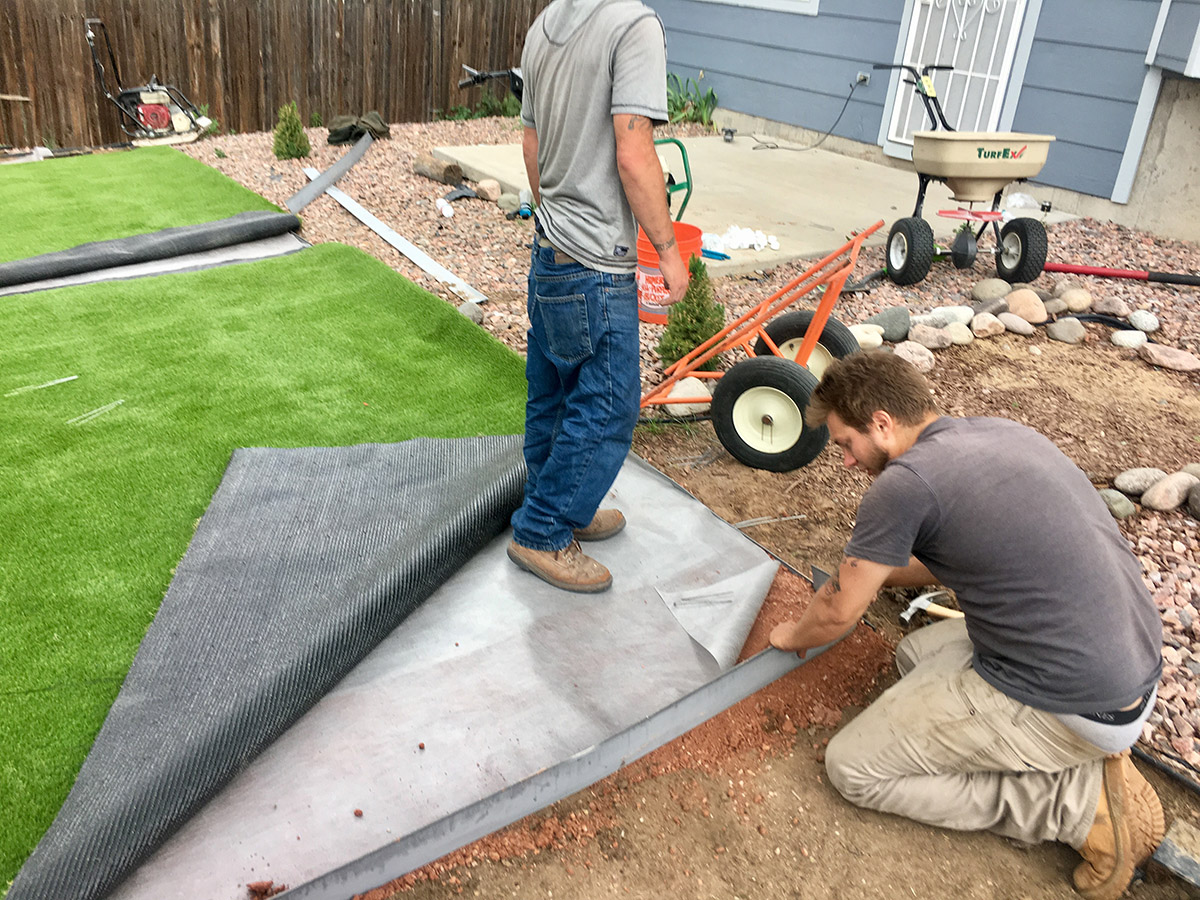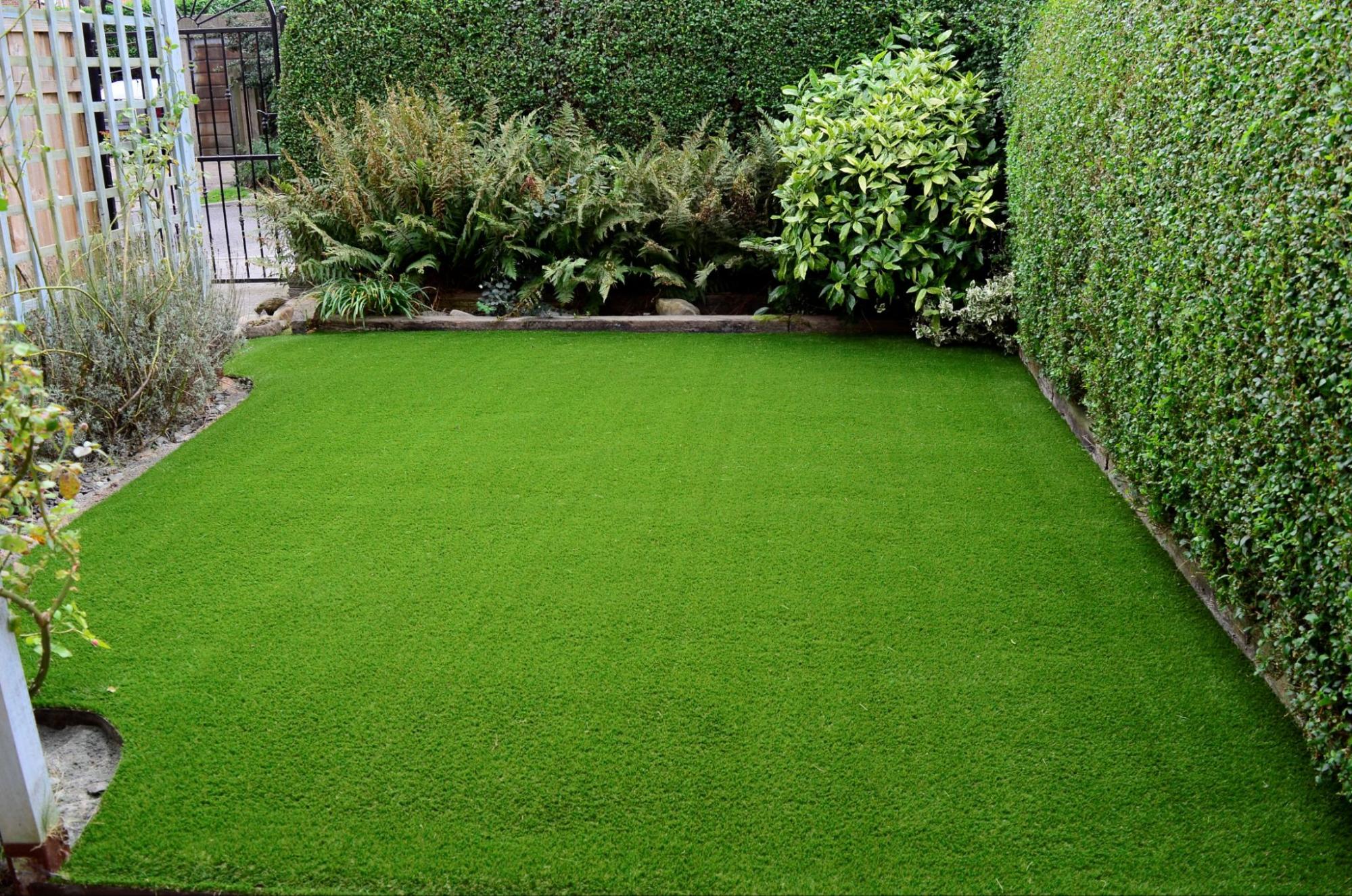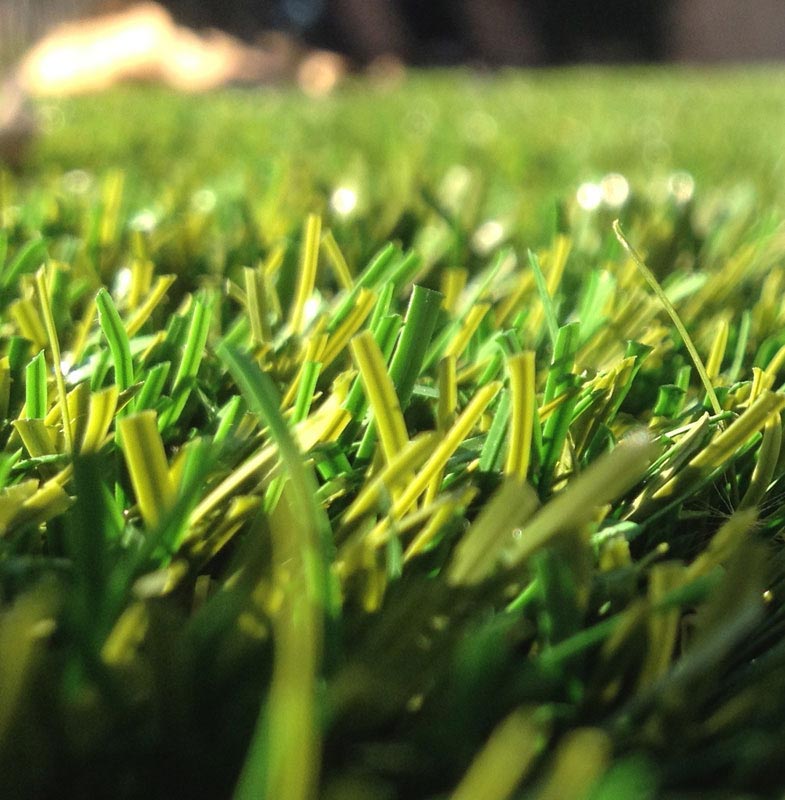Leading Phoenix Turf Companies Offering Superior Synthetic Lawn Solutions
Wiki Article
Delve Into the Environmental Advantages of Opting for Artificial Lawn Solutions
The fostering of synthetic grass remedies provides an engaging possibility to attend to pressing environmental obstacles. By dramatically lowering water use and lessening the application of dangerous chemicals, these alternatives not just advertise sustainable landscaping however also shield neighborhood ecological communities. Additionally, the lower carbon footprint related to reduced maintenance activities adds to a more lasting approach to land monitoring. However, the implications of these benefits expand beyond simple preservation initiatives, raising inquiries about their long-lasting influence on habitat conservation and total environmental balance. Checking out these measurements discloses a complex interaction worth considering.Water Conservation Advantages
One of the most substantial benefits of man-made grass is its ability to preserve water. In comparison, synthetic grass does not need watering, dramatically minimizing the overall demand for water sources.By removing the demand for routine watering, synthetic grass adds to sustainable landscape practices and assists mitigate the environmental influence of extreme water intake. In addition, the conservation of water prolongs to the decrease of overflow, which can bring about soil erosion and river pollution.
Furthermore, the installment of synthetic grass permits towns and home owners to assign water resources a lot more successfully, concentrating on necessary uses such as drinking water and agriculture. The shift in the direction of synthetic grass not just advertises responsible water use yet also aligns with wider environmental objectives targeted at maintaining natural deposits.
As communities significantly focus on sustainability, the water preservation advantages of fabricated grass provide an engaging situation for its fostering in commercial and residential landscape design tasks.
Reduced Chemical Usage
The shift to synthetic turf substantially reduces the reliance on chemical treatments generally utilized in natural turf upkeep. Conventional turf management usually includes the application of fertilizers, pesticides, and herbicides to promote growth and control parasites. These chemicals can present threats to human wellness, neighborhood wildlife, and the environment, adding to dirt and water contamination.In contrast, fabricated grass eliminates the demand for these unsafe substances. By decreasing the release of artificial compounds right into the ecosystem, man-made turf advertises healthier soil and water systems.
In addition, the absence of chemical runoff connected with artificial grass installations aids protect local rivers from pollution, sustaining aquatic life and preserving biodiversity. Turf installation phoenix az. As neighborhoods significantly focus on lasting techniques, selecting synthetic grass offers a practical option that lines up with ecological conservation goals. With this change, homeowner can enjoy lush eco-friendly areas without endangering environmental health and wellness, leading the method for a much more sustainable future
Lower Carbon Impact

Additionally, the installment of synthetic grass can lead to considerable water conservation. Natural yards call for substantial quantities of water for watering, which not only includes in the carbon footprint connected with water removal and therapy but likewise stress regional water resources. In comparison, artificial turf requires very little upkeep, needing no watering, thus dramatically decreasing water use and its connected energy prices.
In addition, the longevity of artificial lawn adds to its reduced carbon influence. With a life-span of approximately 15 years or more, the need for frequent substitutes is lessened, causing less waste and reduced power intake in manufacturing and disposing of traditional lawn options. Generally, synthetic grass presents a sustainable choice for environmentally aware landscaping.
Habitat Preservation
Habitat conservation is an important consideration in the dispute over landscape design selections, specifically when comparing synthetic grass to natural grass. All-natural turf yards usually need comprehensive upkeep, including making use of pesticides, plant foods, and herbicides, which can detrimentally affect neighborhood ecosystems. These chemicals can seep right into the dirt and waterways, damaging native vegetation and fauna and disrupting neighborhood habitats.
Fabricated lawn removes the need for damaging chemicals, thereby safeguarding close-by wildlife and maintaining the integrity of surrounding ecological communities. The installment of fabricated lawn can lead to the conversion of previous yard areas right into even more biodiverse landscapes, such as pollinator yards or native plant areas, which can support regional wildlife.
Ultimately, the transition to artificial turf not only conserves water and reduces upkeep initiatives however also promotes a much more unified relationship between human activities and the natural surroundings, promoting habitat conservation in the process.
check over here
Long-Term Sustainability
Long-term sustainability is an essential consider evaluating the advantages of synthetic grass over typical lawn lawns. One of one of the most substantial benefits of artificial turf is its sturdiness; it can last up to 15-20 years with marginal maintenance, whereas all-natural yard calls for frequent reseeding and substitute. This durability reduces the demand for consistent resources, such as water, plant foods, and pesticides, which are crucial for preserving a healthy grass yard.Additionally, fabricated grass adds to a reduction in carbon exhausts connected with grass care tools. Standard grass commonly require gas-powered lawn mowers, trimmers, and blowers, every one of which contribute to air contamination. Artificial turf companies phoenix. In comparison, synthetic grass gets rid of the demand for such equipment, advertising a cleaner environment
In addition, click for info the production of man-made turf progressively makes use of recycled materials, boosting its sustainability profile. As producers embrace environmentally friendly methods, the ecological footprint of synthetic grass proceeds to reduce.

Conclusion
The fostering of man-made turf remedies provides significant ecological benefits, including significant water conservation, lowered reliance on unsafe chemicals, and a reduced carbon impact. Synthetic lawn help in preserving all-natural environments by reducing land disruption and promoting lasting sustainability through the use of sturdy materials. Collectively, these variables highlight the possibility of artificial grass to add favorably to environmental wellness and offer a feasible choice to traditional landscape design practices in a significantly resource-conscious world.In contrast, man-made lawn does not need watering, significantly decreasing the general need for water sources. By minimizing the launch of artificial substances right into the ecosystem, artificial grass advertises much healthier soil and water systems.
Furthermore, the setup of synthetic lawn can result in substantial water conservation. In contrast, synthetic grass needs marginal upkeep, needing no watering, therefore dramatically reducing water usage and its associated energy costs.

Report this wiki page